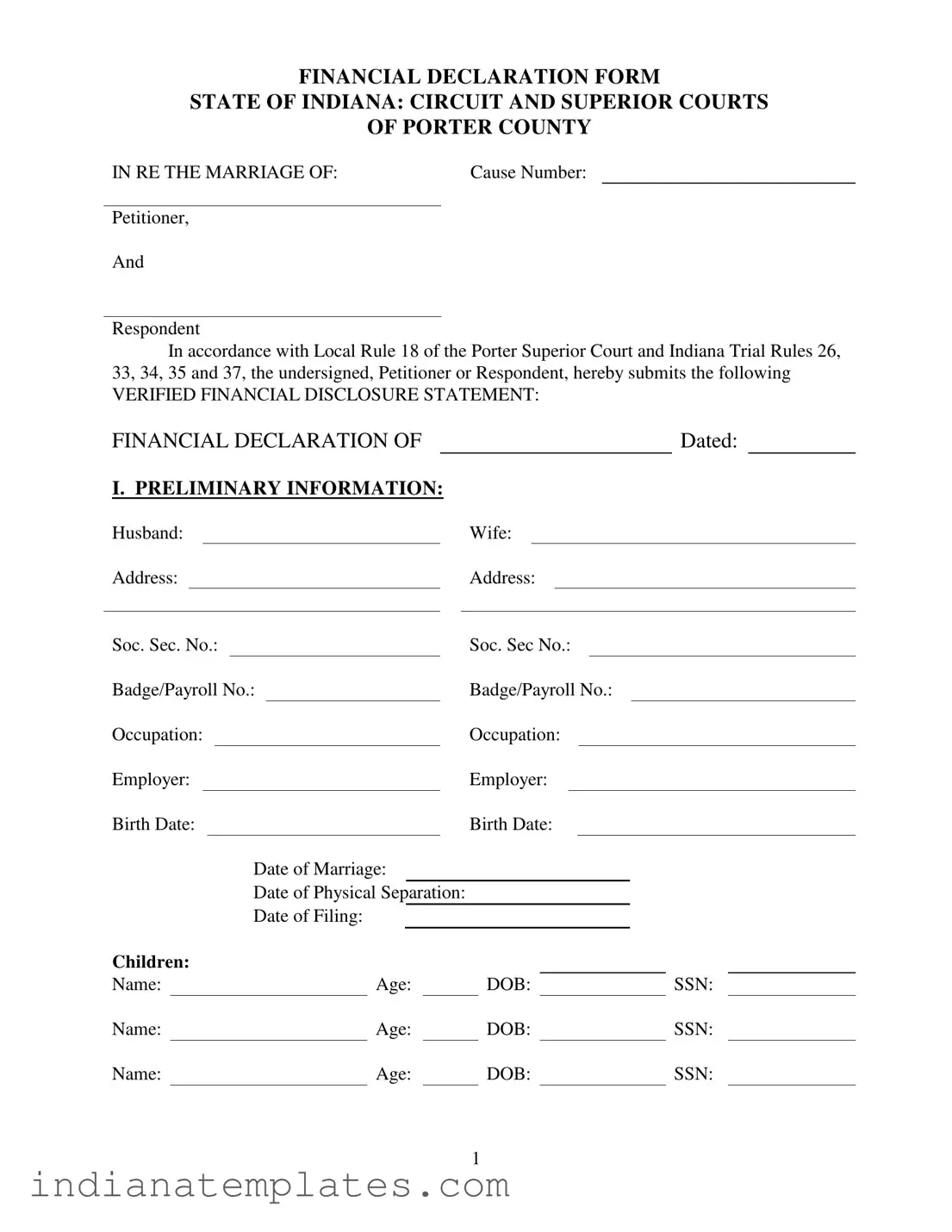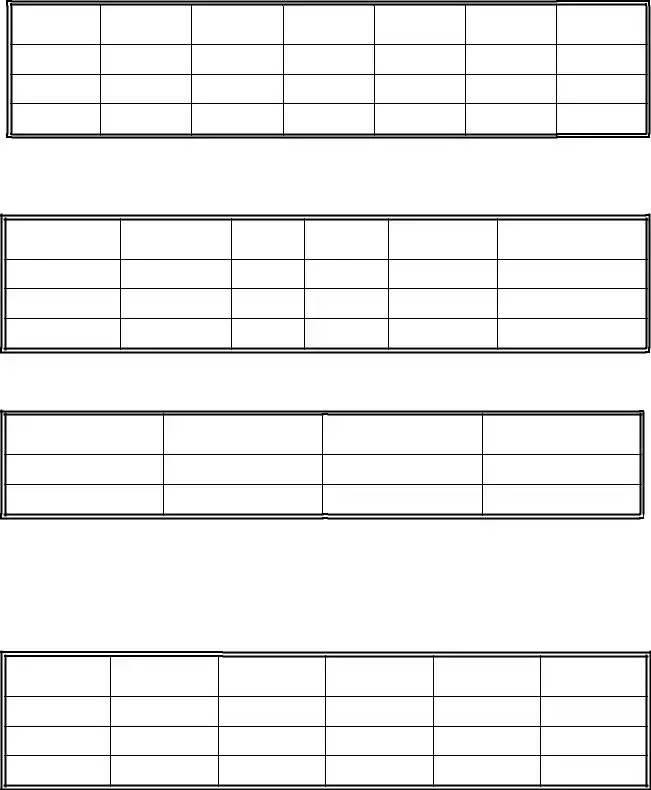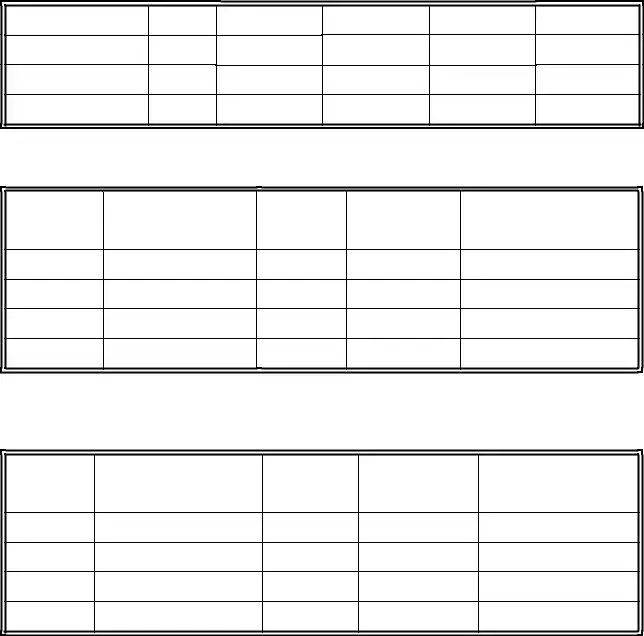The Indiana Financial Declaration Form is similar to the Financial Affidavit used in family law cases in many states. Both documents require parties to disclose their financial situation, including income, expenses, and assets. The purpose of a financial affidavit is to provide the court with a clear picture of each party's financial standing, which can impact decisions regarding child support, alimony, and property division. Just like the Indiana form, a financial affidavit typically includes sections on income sources, living expenses, and any relevant debts, ensuring transparency in the financial aspects of a divorce or custody case.
Another comparable document is the Child Support Worksheet, commonly used in various jurisdictions. This worksheet assists in calculating the appropriate child support obligations based on the financial information provided by both parents. Much like the Indiana Financial Declaration, the Child Support Worksheet requires detailed income disclosures and outlines necessary expenses related to the child's care. This ensures that the financial responsibilities are fairly assessed, taking into account both parents' financial capabilities and the needs of the child.
The Financial Disclosure Statement, often required in divorce proceedings, shares similarities with the Indiana form as well. This statement serves to outline both parties' financial circumstances, including assets, liabilities, and income. Similar to the Indiana Financial Declaration, it aims to provide the court with a comprehensive view of each party's financial health. Both documents emphasize the importance of full disclosure to facilitate fair negotiations and judicial decisions regarding financial matters in divorce cases.
The Statement of Net Worth is another document that aligns closely with the Indiana Financial Declaration. This statement provides a snapshot of an individual's financial position, listing assets and liabilities to determine net worth. Like the Indiana form, it requires individuals to disclose their income and expenses, ensuring that the court has a complete understanding of their financial situation. This information can be critical in divorce proceedings, particularly when dividing assets or determining support obligations.
The Income and Expense Declaration is a common form used in family law cases, mirroring the Indiana Financial Declaration in its purpose and structure. This document requires parties to report their income, expenses, and any dependents. Both forms aim to provide a clear financial picture to the court, which is essential for making informed decisions regarding support and custody arrangements. The Income and Expense Declaration is often used in conjunction with other financial documents to ensure comprehensive disclosure.
In navigating the complexities of personal property transactions, it is crucial to utilize a proper Bill of Sale form to prevent any misunderstandings. This document not only ensures a smooth transfer of ownership but also provides both parties with legal protection. For those in Arizona, you can find the necessary form at https://arizonapdfforms.com/bill-of-sale/, which outlines essential details, such as the item description and purchase price, essential for an effective transaction.
The Affidavit of Financial Status is another document that serves a similar function. It requires individuals to provide detailed information about their financial circumstances, including income, expenses, and assets. Much like the Indiana Financial Declaration, this affidavit is sworn under penalty of perjury, emphasizing the importance of honesty and accuracy in financial reporting. Courts rely on this information to assess each party's financial situation and make equitable decisions in family law matters.
Lastly, the Financial Statement for Divorce is a document utilized in many jurisdictions that closely resembles the Indiana Financial Declaration. This statement requires a thorough breakdown of an individual's financial details, including income, expenses, and assets. Both documents serve the same purpose: to provide the court with a clear and comprehensive view of each party's financial situation during divorce proceedings. The Financial Statement for Divorce helps ensure that all financial matters are addressed fairly and transparently, similar to the goals of the Indiana form.










